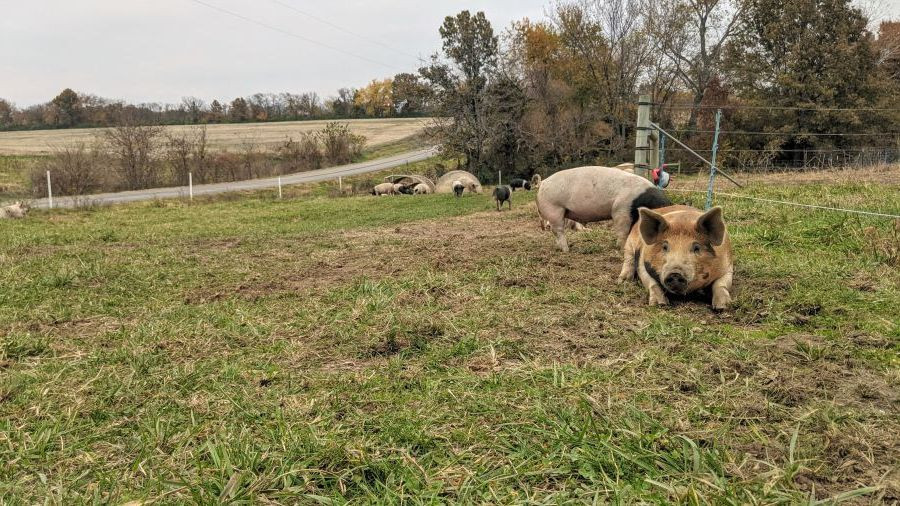The Secret to a Mess-Free Breakfast Burrito
posted on
March 20, 2024

Recently, while meal prepping for a postpartum mama, my mom had a genius idea for the breakfast burritos. And it worked! We're probably not the first to come up with this, but I plan on making them like this from here on out!
It's super simple and made me wonder why I've never thought to try this before. All you need is an egg casserole and some tortillas.
How to Make Mess-Free Breakfast Burritos
The secret to a mess-free burrito is using an egg casserole and cutting it into strips that fit perfectly in your tortilla. The casserole holds everything together and makes these easy to meal-prep.
Step 1: Make your egg casserole. Click here for a simple Sausage & Egg Casserole recipe.
Step 2: Once baked and cooled, cut your casserole into pieces that can easily fit in the center of your tortillas. I find that cutting a 9x13 into 10 strips works great for 10" tortillas.
Step 3: Fold your tortilla and finish by warming it in a hot skillet on each side. This adds a toasty flavor and helps keep your burrito closed.
Now enjoy your burrito with NO MESS!
NOTES:
- We enjoy ours served with sour cream or salsa (or both!)
- This will work with any size tortilla.
- Shake it up by trying different toppings in your egg casserole.
- Make the casserole ahead of time and freeze or refrigerate it. Then simply warm it up and add a tortilla. If you don't mind eating it cold, you can also make the burritos ahead of time for road trips!
I hope this saves you as much time and mess as it has for me!
Your farmeress,
Kaitlyn Kesten



